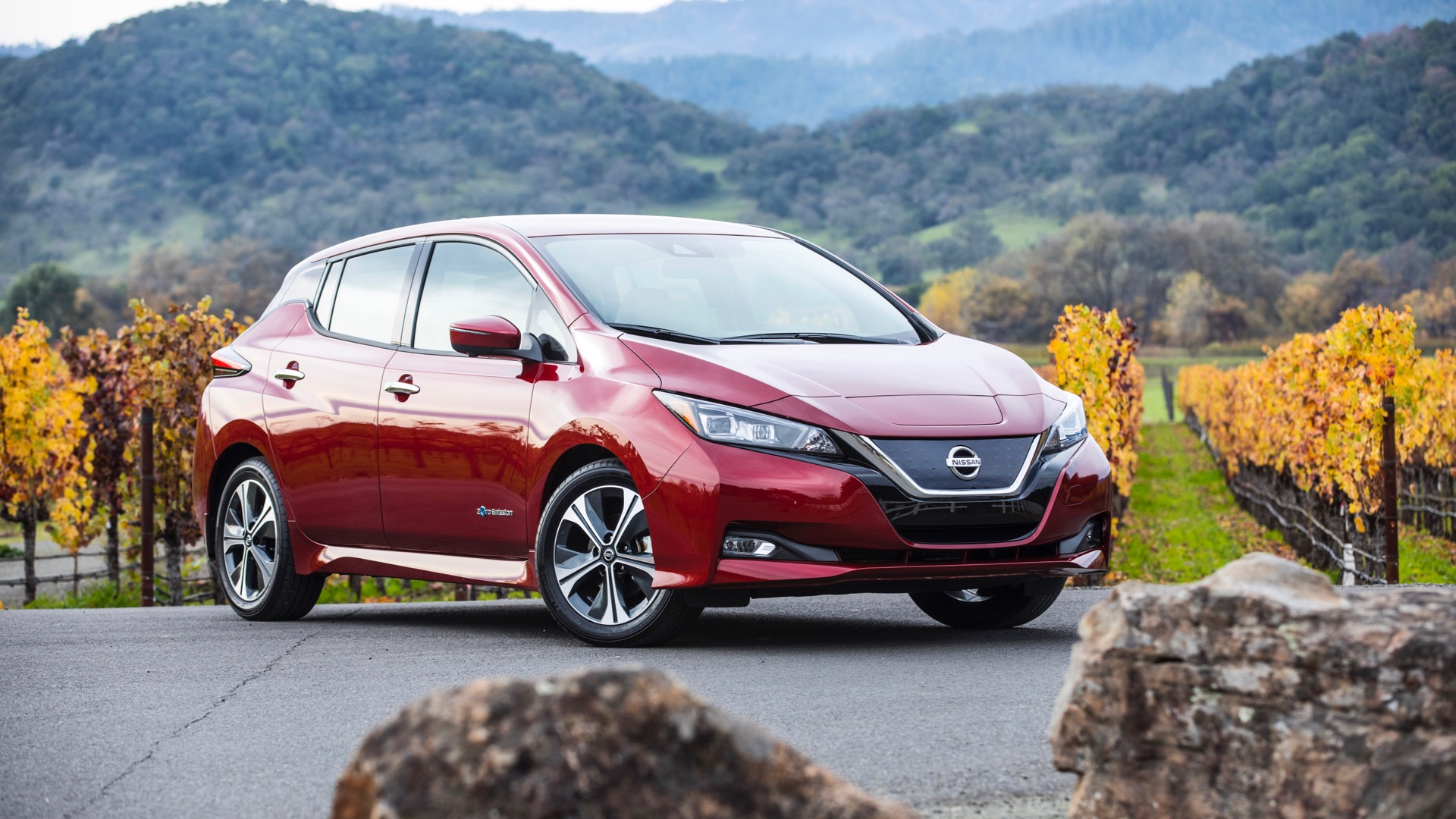

Lyft wants more drivers to use electric cars in order to reduce the environmental impact of its ride-hailing service. In a blog post, the company said it will add “thousands” of EVs through a rental program for drivers. Riders will also be able to request an electric car or hybrid through a new feature called Green Mode.
Electric cars will be added to Lyft’s fleet through an expansion of the Express Drive program, which offers car rentals to Lyft drivers. The program originally targeted Lyft drivers who don’t own cars or just don’t want to use their personal vehicles for ride-hailing. But now, Lyft hopes to use Express Drive as a tool to get more of its drivers into electric cars.
Rentals include unlimited mileage, a maintenance plan, and insurance. At launch, unlimited charging is also included in the weekly rental rate, Lyft said, adding that electricity will come from 100-percent renewable sources. Because electricity is cheaper than gasoline or diesel, Lyft expects drivers to save “thousands of dollars per year” even if they do eventually have to pay for charging. Electric car rentals are currently available only in Seattle and Atlanta, but Lyft plans to introduce them in other regions throughout the year.
Lyft passengers in Seattle can also request a hybrid or electric car with the new Green Mode feature. Green Mode will gradually become available in other parts of the country, Lyft said, although its utility in any given city will depend on the number of hybrid and electric cars in the local fleet.
Last year, Lyft claimed that its operations were carbon neutral, but that’s because the company was investing in environmental projects to offset the carbon emissions of cars in its fleet. Now Lyft is attacking the problem head-on by trying to get drivers to switch from internal combustion to electric power. Rival Uber has also discussed plans to add more electric cars and is even charging an extra fee in London to help fund the switch.
The efforts by Lyft and Uber show the limitations of the companies’ shared business model when it comes to policy changes. Having freelance drivers supply their own cars saves Lyft and Uber lots of money, but it also means they can’t make sweeping changes to the cars in their fleets, like taxi companies or traditional for-hire car services can. Because Lyft and Uber don’t own cars, the electrification of their fleets could take a long time.